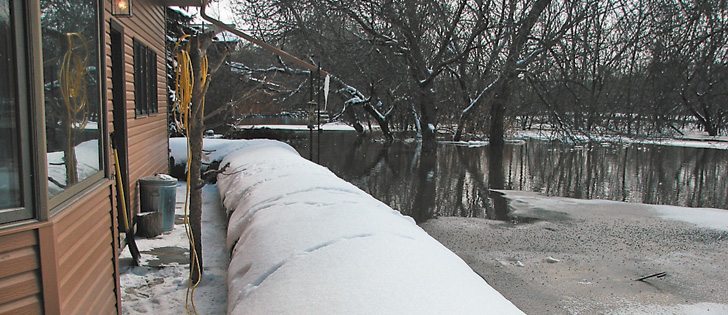ST. ALBERT, Alta. — Herbicide-resistant wild oat will be among prairie farmers’ worst weeds, said a weed researcher.
“I am secretly making a prediction that our first major weed here is going to be herbicide resistant wild oat,” said Linda Hall, during a crop walk at the University of Alberta farm north of Edmonton.
In a recent published report by Agriculture Canada researcher Hugh Beckie that studied Alberta fields over the past five years, about 40 percent of the fields had wild oat resistant to Group 1 herbicide. About 12 percent of the fields had wild oat resistant to Group 2 herbicides.
Read Also

Equipment manufacturing may return to Canada
Some ag equipment and automotive manufacturers are now adjusting their production and distribution to avoid tariff costs in relation to supplying the Canadian market.
“Wild oat (is) one of our most important weeds and (has) certainly been selected for resistance through our repeated used of Group 1 and Group 2,” said Hall, of the University of Alberta.
The use of herbicides has created problems and it is now more difficult to control sow thistle, cleavers, wild mustard and stink weed, she said.
“The next watch-out is going to be for glyphosate resistance.”
To slow glyphosate resistance in wild oat and other weeds, Hall is looking at management practice research.
“We’re trying to think in advance what we will we do if we can’t have glyphosate for canola.”
During a five-year study, with canola grown in the first and final year, Hall is looking for ways to reduce the wild oat population.
“You want to use the power of the crop to increase your weed control.”
A healthy crop, good disease control and a strong crop plant population all help to keep weeds under control.
Hall also said spraying at the right time is key. Generally, spraying earlier is better than later.
She said the study is exploring ways to reduce the bank of wild oat seeds in the ground with crop rotations. While there are no results yet, they are studying the reduction in wild oat through peas, barley silage, alfalfa and winter crops such as winter wheat, winter triticale or fall rye.
Hall said fall-seeded crops are an effective tool in reducing wild oat population.
“What the fall-seeded crops allow us to do is nice stand established in fall and in spring are ready to rock. First, a little moisture is available to them, they are up and competitive and wild oat doesn’t stand a chance. You have nice wild oat management in the absence of any herbicide.”














